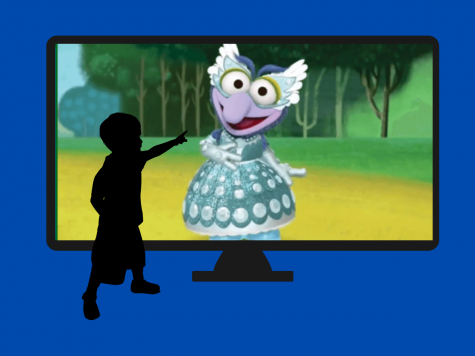Representation in art allows for better understanding of international cultures
The film critic Roger Ebert once said that movies were like machines for empathy, allowing viewers to look into the lives of its characters for several hours at a time. That still rings true today, with movies, books and music contributing to its consumers’ tolerance and understanding for the world around them. However, a problem that is prevalent in today’s society is the lack of understanding of other cultures, and a lack of willingness to do so.
Other cultures have become more involved in pop culture, but that doesn’t mean that their representation in these forms of media are accurate. Movies, books and music don’t depend on an open mind because they are the vehicles of ending preconceived notions about culture, life and civilization. As a consequence, the way that these forms portray other cultures can shape the way people see them.
Throughout American history, consumers have learned more about other lives, gaining empathy for their fellow citizens. “Common Sense” inspired a revolution, “Uncle Tom’s Cabin” led to a louder call of abolition and “How The Other Half Lives” allowed the stories of immigrants to be told in the late nineteenth century. All of these works came from people writing with the goal to change hearts and minds by giving readers the right to see situations from a new perspective.
“All the leading men and women are usually white, and if there’s someone who isn’t they’re applauded for being diverse,” senior Priscilla Yuan said.
Accomplishing this goal is more difficult when the stories of other people aren’t told fairly, or aren’t told at all. Today, the Orient, a region consisting of North Africa, the Middle East and Southeast Asia, is hardly accurately portrayed by the media. This can be contributed to a lack of confidence in diverse stories from those running movie studios or book publishers.
“It’s gotten better, but Hollywood still falls victim to stereotypes and it’s because of the lack of people of color in Hollywood,” English teacher Ami Relf said. “That and the lack of people of color creating those films.”
Not only have movies fallen victim to stereotypes, they have also blatantly used them to their benefit. The first movie ever made with sound, “The Jazz Singer,” prominently featured blackface. Obviously, Hollywood has become more accepting of minorities, with movies like “Black Panther” and “Crazy Rich Asians” standing out for prominently featuring casts of minorities, but the lack of minorities in the industry is an issue that still looms large.
“Hollywood is making strides to be more inclusive about different cultures,”multicultural club sponsor Sarah Manos said. “I don’t think that it’s enough right now, but you can’t do everything all in one day.”
More directors, authors and artists of different races can utilize the power of print and film media to break down the barriers of discrimination. Telling more stories like “Roma,” a movie about a middle class family in Mexico City, or “Green Book,” which focuses on the Jim Crow-era south, can allow viewers to connect and understand a world that they may never see personally. The world cannot be changed without a commitment to inclusiveness. That has been true throughout American history, and it should be a standard that those in the entertainment industry should live up to. Hearing more stories from various different cultures can only be done accurately if people from those cultures are in charge of telling said stories.
“It opens up a lot of avenues for creative decisions and it also brings in different kinds of audiences,” Yuan said. “There’s a monetary view and a creative point of view, which helps expands horizons.”
To truly empathize with others, we need to have an accurate depiction of them. This means that the practice of “white-washing” roles and a lack of diversity in various different roles needs to end. Appropriate representation in entertainment allows for viewers to get a new perspective on ideas and themes.
“People look up to celebrities, and when they see movies they want to see someone that looks like them,” Manos said. “Someone who they can relate to and whom they might aspire to be.”
Inaccurate representation of different cultures can be extremely harmful, with some taking what they see in entertainment as a trustworthy portrayal regardless of context. Minstrel shows in the 1800s reinforced false and defamatory stereotypes of African Americans to millions of people across the country, having real world effects during the era of Reconstruction. Today, similar inaccurate representations from cultures outside the United States are leading to mistaken beliefs about the world around us.
For example, shows like “Quantico” and “Homeland” have regularly depicted characters related to terrorism in a stereotypical light. These terrorists were often portrayed as Middle Eastern, feeding into a xenophobic image of billions of people. Undoubtedly, the reason for such offensive stereotypes being so common is due to the lack of minority filmmakers. In 2019, it is indefensible to be against racial inclusivity in Hollywood.
Diversity in the way our entertainment is produced can lead to not only a more informative collection of stories told, but a higher level of dedication and respect for the arts. As consumers, we should respect the arts and cultures from around the world, not deny minorities the chance to create stories that further our collective understanding. When one voice is drowned out in any field, that field is weakened. Hollywood, an industry built on the idea of spreading empathy, is no exception.
“It has to start with the representation of people in those films and making those films,” Relf said. “It starts with education, because if people are ignorant those people will continue to believe in those misconceptions.”



